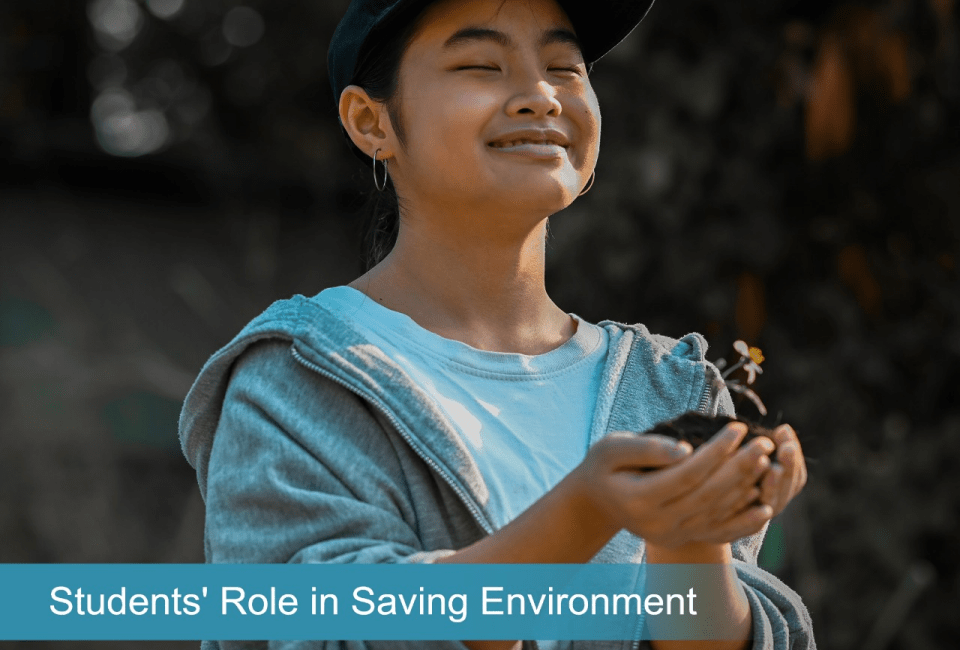
What Are Support Services For Cultivation?
October 14, 2022
What Is The Importance Of Climate Learning In School?
October 14, 2022Climate change is the most crucial environmental challenge today. Almost every country in the world has enacted its ecological laws to mitigate the effects of climate change. Also, concerned environmental organizations and government institutions have launched numerous advertisements, slogans, posters, and campaigns against climate change to raise public awareness of how we can help stop this global crisis. However, it is unfortunate that only a tiny percentage of the world’s population has responded to the appeal.
When there is climate change, the temperature rises dramatically, which can cause various changes to our planet Earth.
For example, it can cause floods, droughts, heavy rain, more frequent and severe heat waves, and melting ice glaciers, dramatically increasing Earth’s water volume in seas and oceans. The combustion or burning of fossil fuels to create energy, which we can find in fueled cars and factories, is one of the primary causes of climate change. Burning and generation of smoke sends a large amount of carbon dioxide into the atmosphere, resulting in greenhouse gas creation. Deforestation, pollution, and other unnatural and unlawful human activities are also some of the major issues.
The Students’ Role In Saving Environment
Students are critical players in the fight against climate change. Therefore, a questionnaire-based pilot study was undertaken in Pune, Maharashtra state, India, to measure college-age youth knowledge of climate change.
66% of the 201 respondents were men, while 33.8% were girls studying in various institutions or courses. Approximately 98.5% of respondents stated that the global climate is changing, and 95.5% said that human activities contribute to climate change. The survey also examined public knowledge of important international organizations and committees working on global climate change and its consequences.
Only 45.3% of those polled were aware of the United Nations Framework Convention on Climate Change (UNFCC) and the Kyoto Protocol. In comparison, 45.8% were aware of the Inter-governmental Panel on Climate Change (IPCC), which conducts scientific research on climate change, global warming, and its consequences. In addition, 54.5% of those polled agreed that youth could play a significant role in mitigating climate change.
What Can Students Do in The Fight Against Climate Change?
Students can help combat climate change in their own basic yet effective ways:
- Joining environmental organizations or groups
- Participating in various governmental, non-governmental, school, or community programs and projects against climate change
- Participating in clean-up drives at school or in the community; participating in tree planting and go-green activities
- Garbage picking and recycling initiatives
- Becoming involved in environmental protests and campaigns
- Create awareness though Social media such as Facebook, Twitter, or Instagram and promote climate change and e-waste management
These actions can assist in reducing climate change. Today, we must recognize our moral obligation to our environment and world. It is not easy to put a stop to climate change. However, if we all work together, our small actions will significantly create impact. Every living life on Earth depends on how we manage our environment. Because humans are the highest kind of existence in this world, we are to blame if things go wrong. Let us act now, all the students throughout the planet. Let us take part in this struggle. Let us, as the younger generation, assist the older generation in developing our surroundings.
EndNote
Hydenmet is launching CLASS to combat climate change. Climate Learning and Student Safety, or CLASS, is a K-12 STEM curriculum. This program introduces Earth Networks and Davis Instruments technology to schools. GLOBE’s technology and Learning & Research platform make CLASS a fantastic STEM program.




